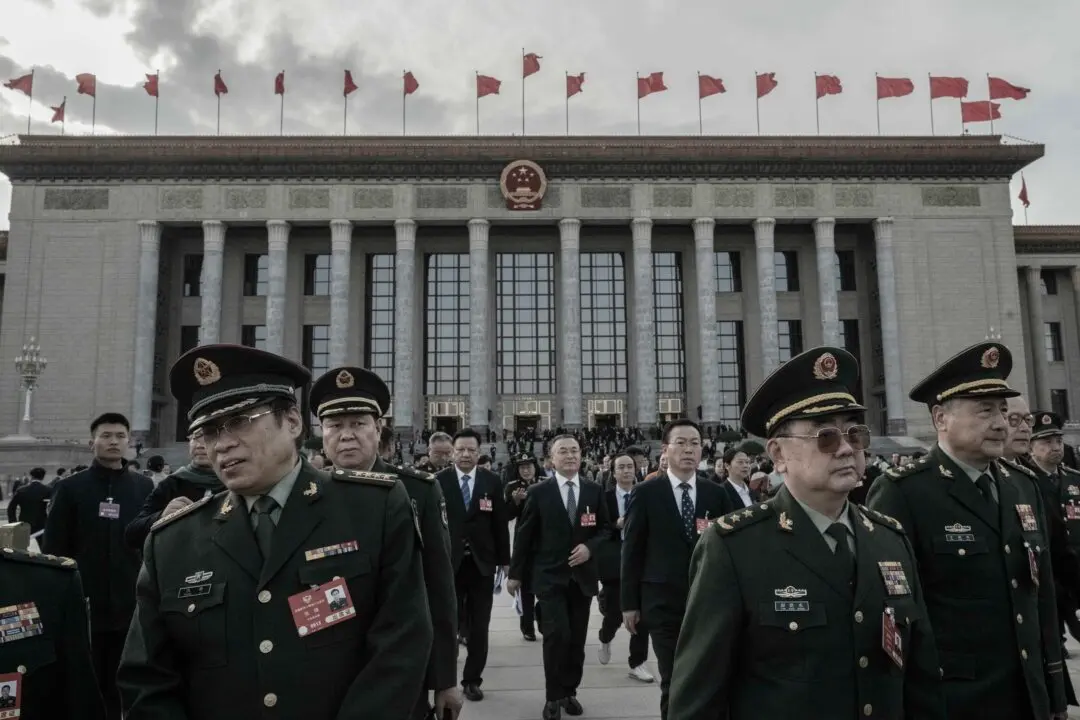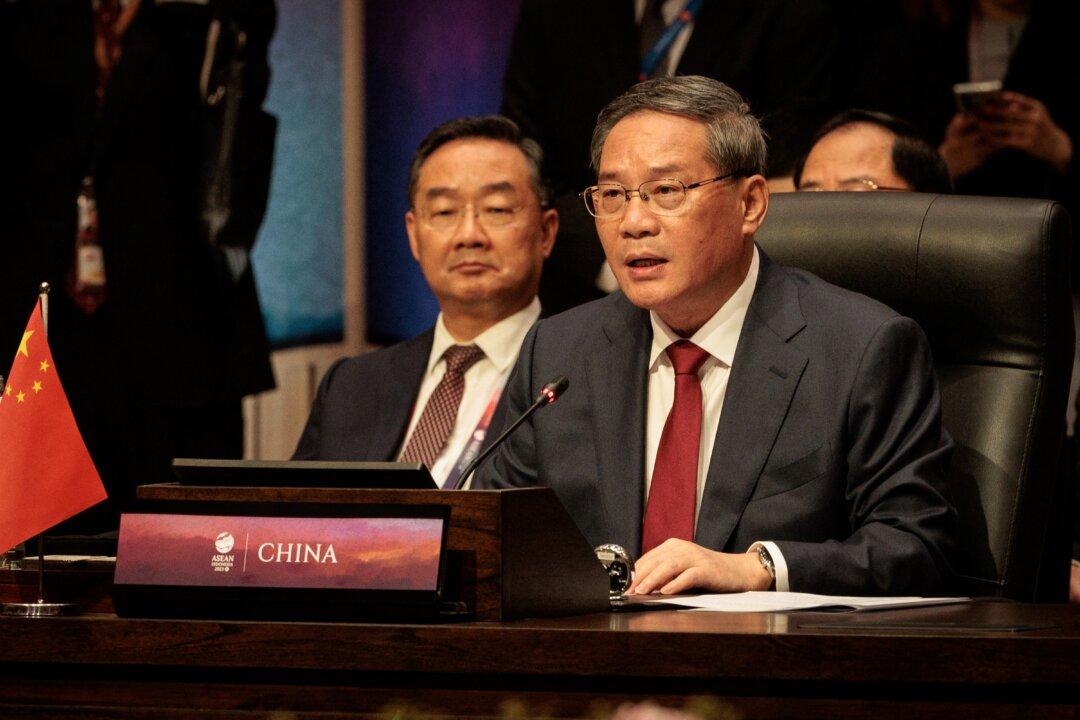Commentary
China’s state-run media Xinhua reported on April 7 that Ruili city in Yunnan Province completed its second round of nucleic acid testing. Of course, this article was meant to boast about the Chinese regime’s so-called effective containment of the recent COVID-19 outbreak in Ruili, but the data indicates a different story.





